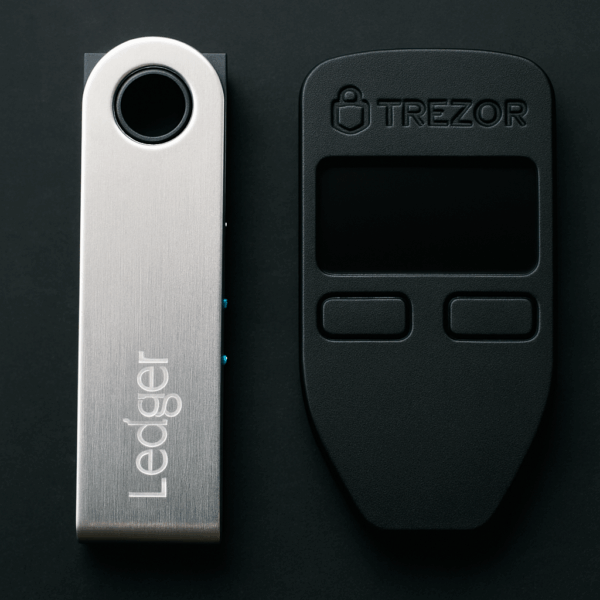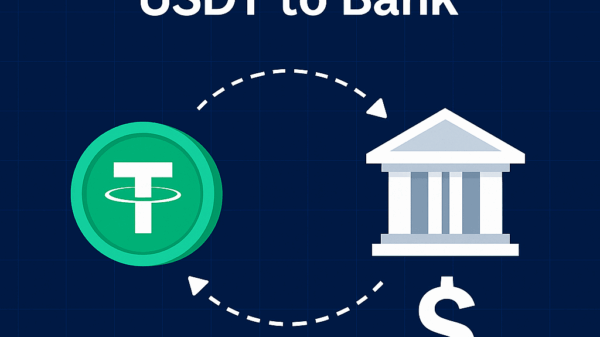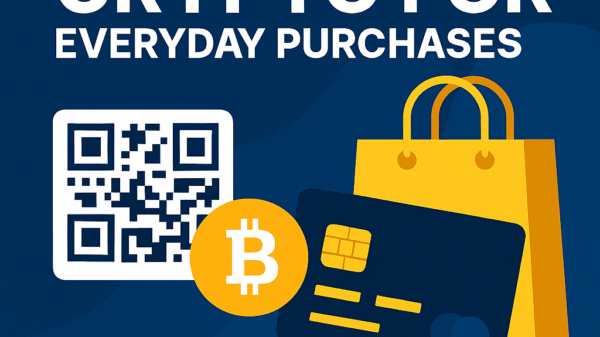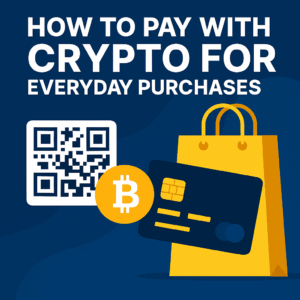🛡️ How to Use a Hardware Wallet for Maximum Security
By Jason Miller – Crypto Writer 10.expert 🧠 Covering Bitcoin, altcoins, blockchain & Web3.
If you hold a significant amount of crypto, relying on software wallets or centralized exchanges puts your assets at serious risk. From phishing attacks to exchange hacks, digital assets are constantly under threat. That’s why hardware wallets have become the gold standard for long-term storage and protection. They keep your private keys offline, out of reach of hackers, and under your full control.
🔍 What Is a Hardware Wallet?
A hardware wallet is a physical device — usually the size of a USB stick — that stores your private keys completely offline. These private keys are what authorize you to spend or move your crypto. By storing them on a separate device, you’re drastically reducing exposure to online threats.
There are many options on the market, but the most trusted brands include:
- Ledger (Nano S Plus, Nano X)
- Trezor (Model One, Model T)
- SafePal
- Keystone

🛠️ How to Set It Up
Setting up a hardware wallet is easy but requires caution:
- Buy from the official website. Never buy from Amazon, eBay, or secondhand sellers.
- Connect the wallet via USB or Bluetooth.
- Initialize the wallet using the official companion app (e.g., Ledger Live).
- Create a new wallet, and you’ll be shown a 12–24 word recovery phrase.
- Write it down by hand, not on your phone or PC. Store it safely in a fireproof box.
- Set a secure PIN code to unlock the wallet.
Your seed phrase is the master key. Anyone who gets it can empty your wallet — no passwords or recovery options will help you. This is why most crypto thefts happen through phishing or leaked seed phrases, not through breaking the wallet itself.
🔐 Making Transactions
To send crypto:
- Connect your wallet to your computer
- Open the management app (e.g., Ledger Live)
- Select the cryptocurrency
- Enter the destination address and amount
- Confirm the transaction both in the app and physically on the device screen
This two-step verification ensures no malware or keylogger can send your funds without your manual approval.
🧠 Advanced Security Tips
If you want maximum protection, follow these tips:
- ✅ Use a passphrase in addition to your seed (extra layer of security)
- 🔐 Store a duplicate seed phrase in another secure location
- 🔄 Keep your firmware up to date via the official wallet software
- 🚫 Never enter your seed phrase on a website, even if it “looks official”
- 📦 Check for tamper-proof seals when receiving your device
🤔 Are Hardware Wallets 100% Safe?
No device is perfect. But hardware wallets reduce your risk by 95%+ if used correctly. The biggest risk is human error:
- Losing the seed phrase
- Sharing it by accident
- Buying fake or pre-configured devices
- Falling for phishing emails that mimic wallet apps
So, stay alert, follow official instructions, and treat your wallet like a digital safe.
🧩 Conclusion
Hardware wallets offer peace of mind and long-term protection in an increasingly hostile digital environment. For anyone holding crypto seriously — whether it’s $1,000 or $100,000 — using a hardware wallet is not optional, it’s essential.
Investing a little time and money into this security step could save you everything.








